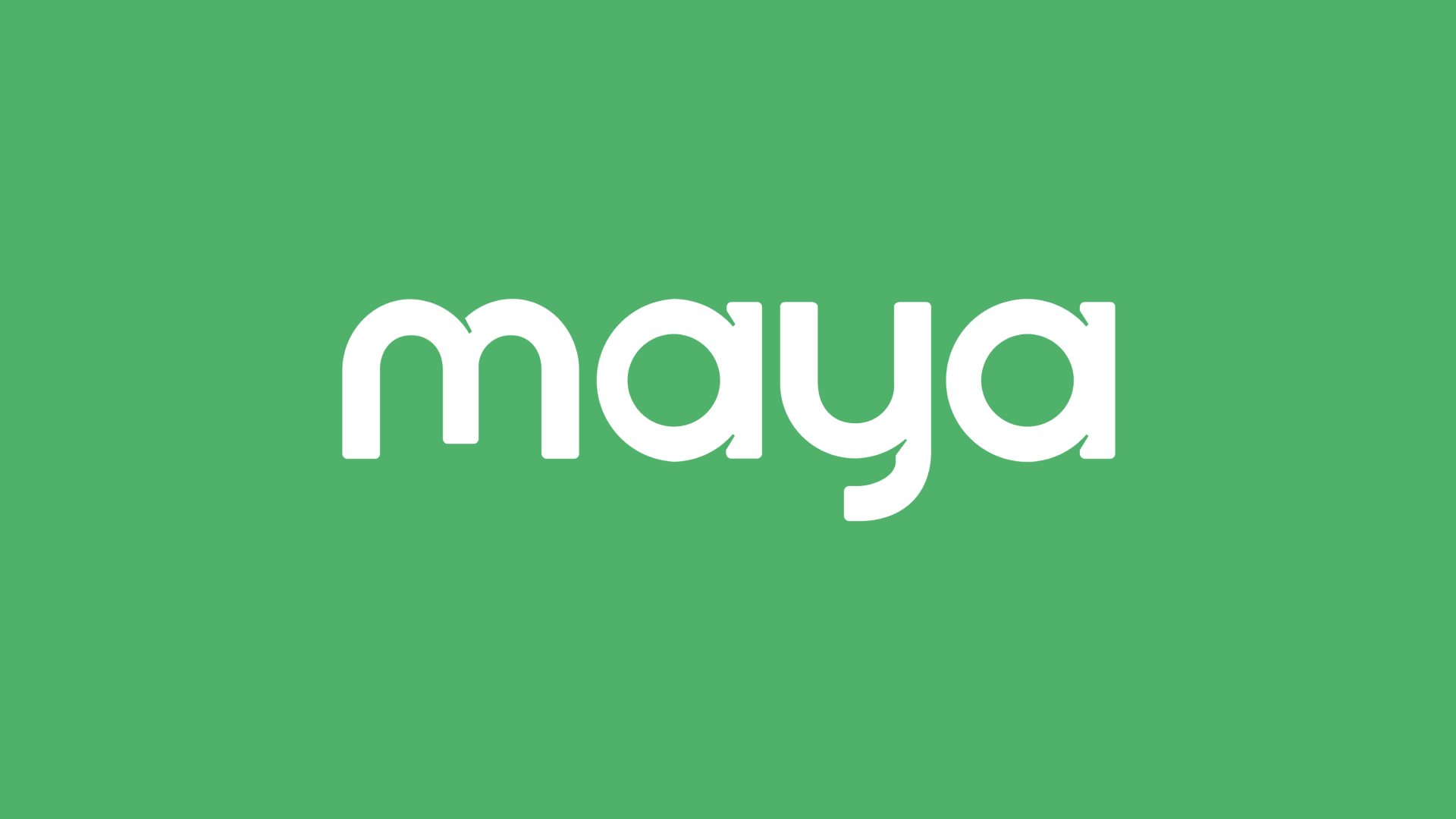
Email marketing app MailChimp estimates that about 70% of e-commerce shoppers never complete their purchases. If you’re only familiar with physical retail, this might seem quite odd, since a 70% abandonment rate would probably result in staff being incredibly busy putting things back on their shelves. However, the e-commerce experience, as you could probably imagine, is quite different, as there are no consequences either way if a visitor adds an item to their virtual cart without buying it.
Nevertheless, cart abandonments in the e-commerce context represent a strong interest in what a store offers. Once a visitor puts something in their cart, you can assume that they’re interested in it but are not yet ready to buy for one reason or another. The good news is that a good proportion of cart abandonments can probably be turned into real sales. Once you have the right strategies and approaches in place, you should see your baseline cart abandonments come down and drive more sales in the process. Here are a few proven cart re-engagement strategies to start with:
1. Offer Multiple Payment Options
In Philippine e-commerce, cart abandonments are commonly caused by a lack of relevant payment options. Philippine-based customers have an incredibly diverse set of preferences, with some preferring digital wallets like Maya and GCash, and others preferring direct bank transfers, QR PH codes, or debit and credit cards.
With that in mind, make sure that each customer can get their online payment processed by having the Maya Checkout payment gateway integrated into your website. Backed by Maya, the Philippines’ foremost online payment processing company, Maya Checkout allows e-commerce sites to process credit and debit cards, digital wallets, and QR Ph codes with no fuss. It also easily integrates into popular e-commerce frameworks, thanks to Maya Plugins for Shopify and WooCommerce. You can even accept payments over SMS, chat, and messenger apps with Maya Payment Links. If you need to provide a professional invoice along with the orders, you can also use Maya Invoice Payments.
2. Streamline Checkout Processes
A badly designed checkout experience is another key reason for cart abandonments. Continuously simplify and streamline your checkout process to minimize friction and keep customers from dropping out of it. At the minimum, consider implementing autofill features and progress indicators to provide a hassle-free buying experience for potential buyers. Also avoid including too many unnecessary entries to fill out. Asking for unnecessary personal details can make the checkout process cumbersome or may even be perceived as a security concern by customers.
3. Send Abandoned Cart Emails
Even if your site has a great online buying experience, some customers will simply choose to add stuff to their carts to buy later. Of course, it’s only natural that a lot of customers will forget they left something in their cart. This is where personalized reminders come in handy.
If your customer has provided you with contact information, send them a gentle automated reminder that triggers a few days after they leave your site. Include enticing subject lines and dynamic content that showcases the abandoned products, along with persuasive call-to-action buttons to encourage them to complete their purchases.
4. Try Social Media Retargeting Campaigns
Not all potential customers will check the emails they used to sign up with, so you’ll need another way to remind these individuals to revisit their carts. If they’ve consented to cookies, you might be able to make use of social media retargeting campaigns so that they get reminded of the products they were checking out through targeted ads on their social media feeds.
5. Offer Incentives
Discounts, free shipping, and other exclusives can be powerful incentives. Be sure to include these in your abandoned cart emails and retargeting ads to persuade customers to complete their purchases.
6. Keep Your Website Fast and Mobile Friendly
A majority of online purchases in the Philippines are now done over smartphones, often over unreliable digital networks. Given that, you must offer an e-commerce experience that addresses the pain points of your most likely buyers. Make sure your site loads fast, has minimal code bloat, and is easily accessible even on older devices.
7. Personalize Recommendations
Leverage customer data to personalize product recommendations for cart abandoners. Show these users relevant products based on their interests to encourage them to return to your e-commerce website and convert into fully fledged customers.
Enjoy the Philippines’ Most Trusted Online Payment Processing Service
Whether you want to re-engage with potential customers or dominate your competition, Maya Business gives you the tools you need to succeed in the Philippines’ challenging e-commerce spaces. Sign up for Maya Business to accept all online payments through Maya Checkout, Payment Links, and Invoice Payments.
Signing up immediately gives you access to a Maya Business Deposit account for facilitating transactions made through your activated Maya Business payment tools. With our industry-leading 2.5% per annum interest rate, funds in your Maya Business Deposit will earn an extra PHP 25,000 in yearly interest for every PHP 1 million deposit. Furthermore, you’ll enjoy more savings with free money transfers to partners and suppliers via InstaPay and PESOnet.
Lastly, signing up instantly qualifies you for a Maya Flexi Loan offer of up to PHP 2 million—enough to make an engaging website that keeps your customers coming back. To get higher subsequent loan offers, simply use Maya as your primary processor for all wallet and card payments. The more you use Maya Business solutions, the bigger your next loan offer will be.
Complete your Maya Business application to activate our online payment solutions

Maya Business

Maya Business
Merchant inquiries:
Maya is powered by the country's only end-to-end digital payments company Maya Philippines, Inc. and Maya Bank, Inc. for digital banking services. Maya Philippines, Inc. and Maya Bank, Inc. are regulated by the Bangko Sentral ng Pilipinas.
www.bsp.gov.ph